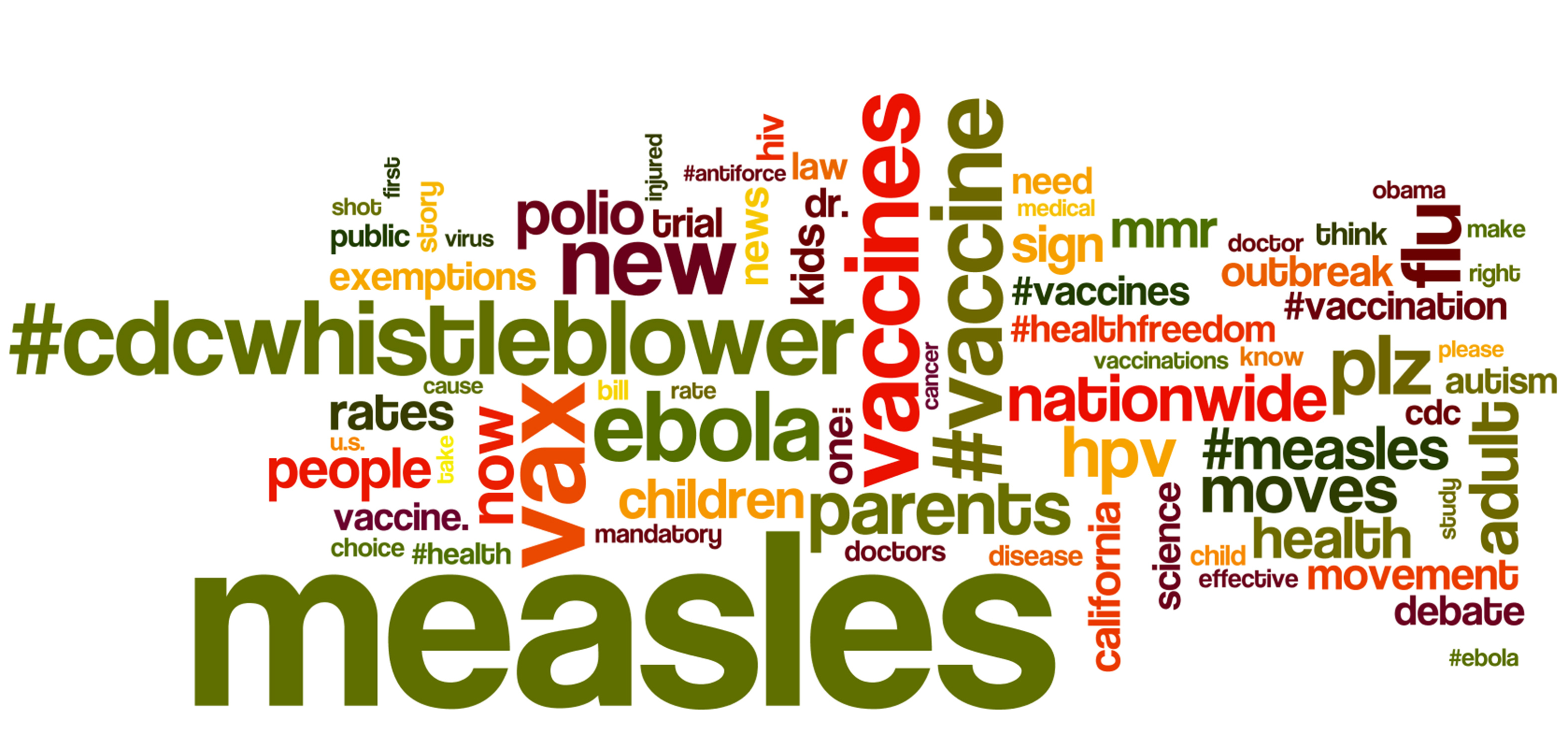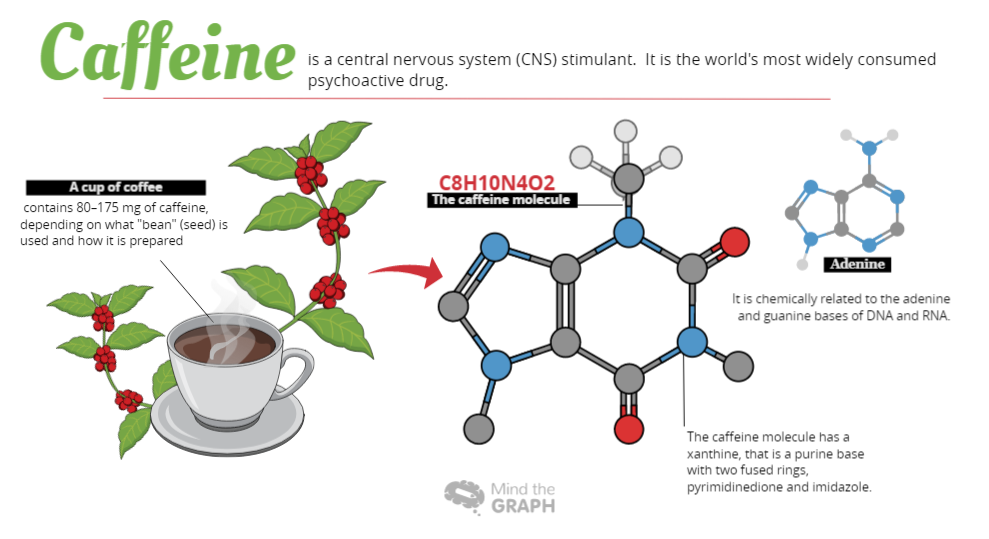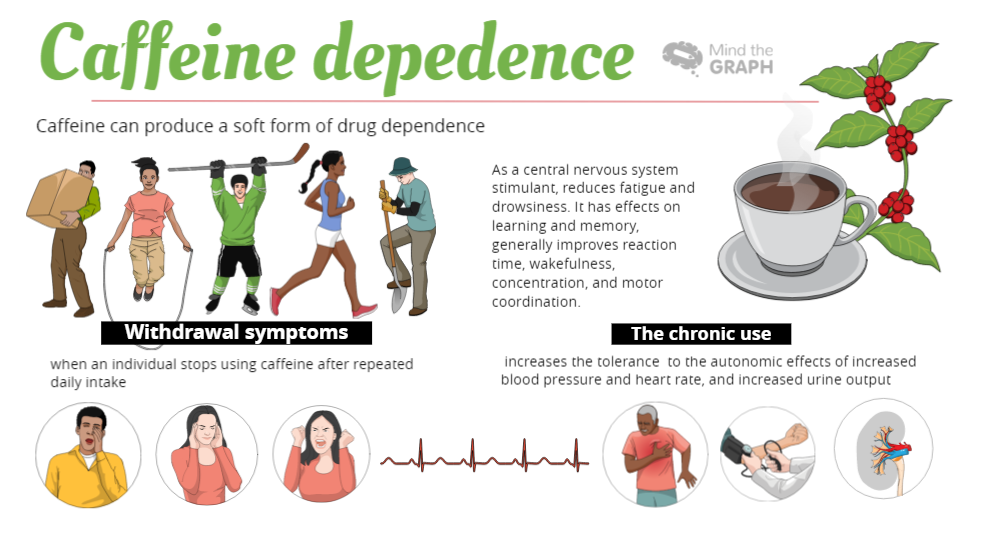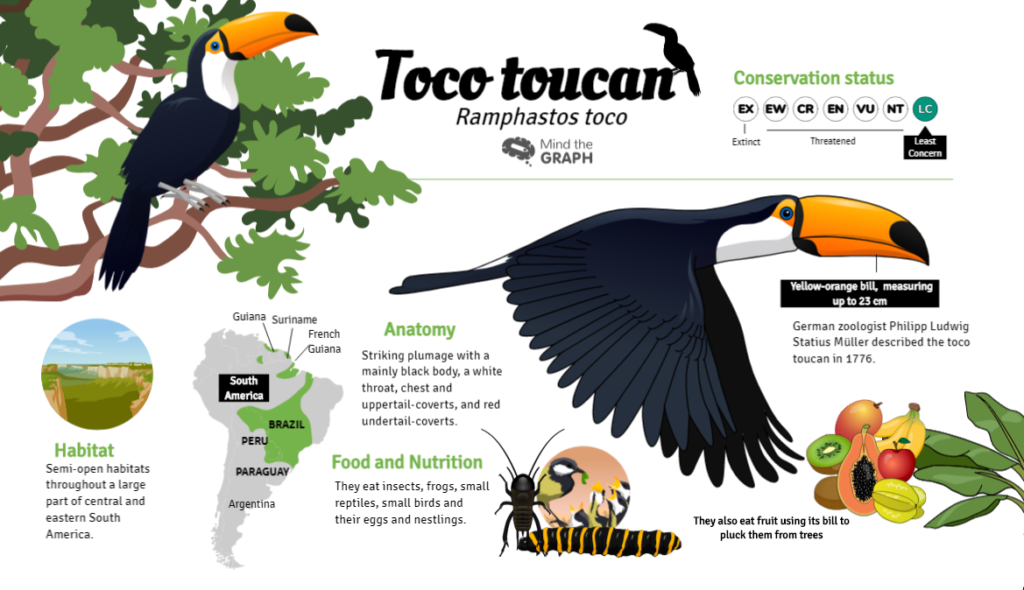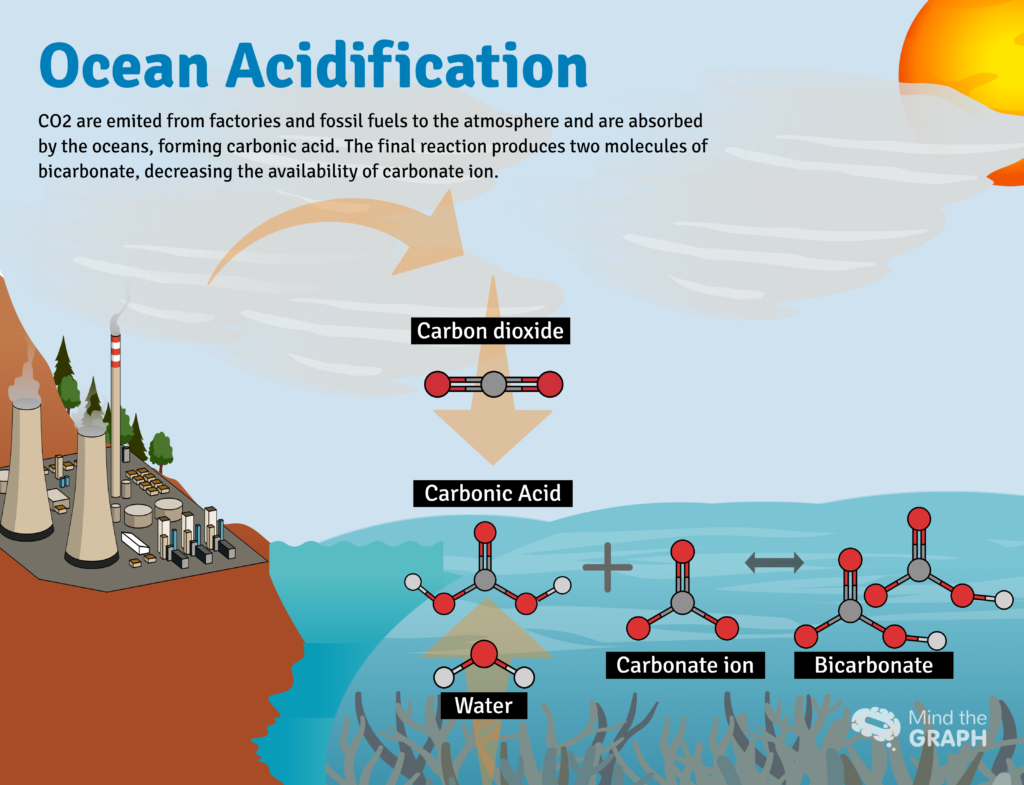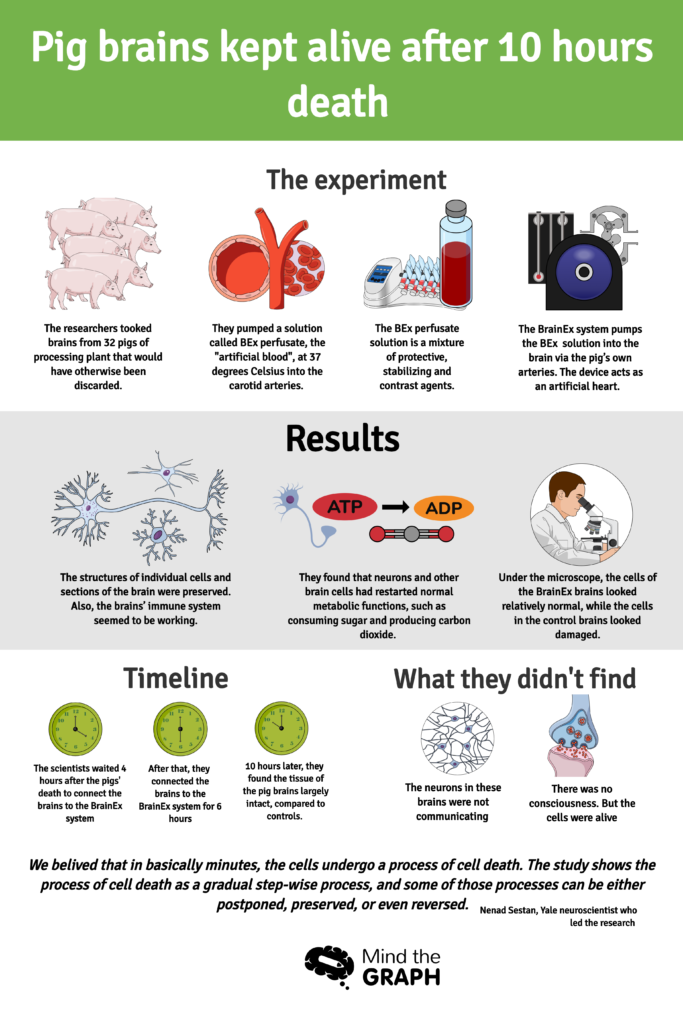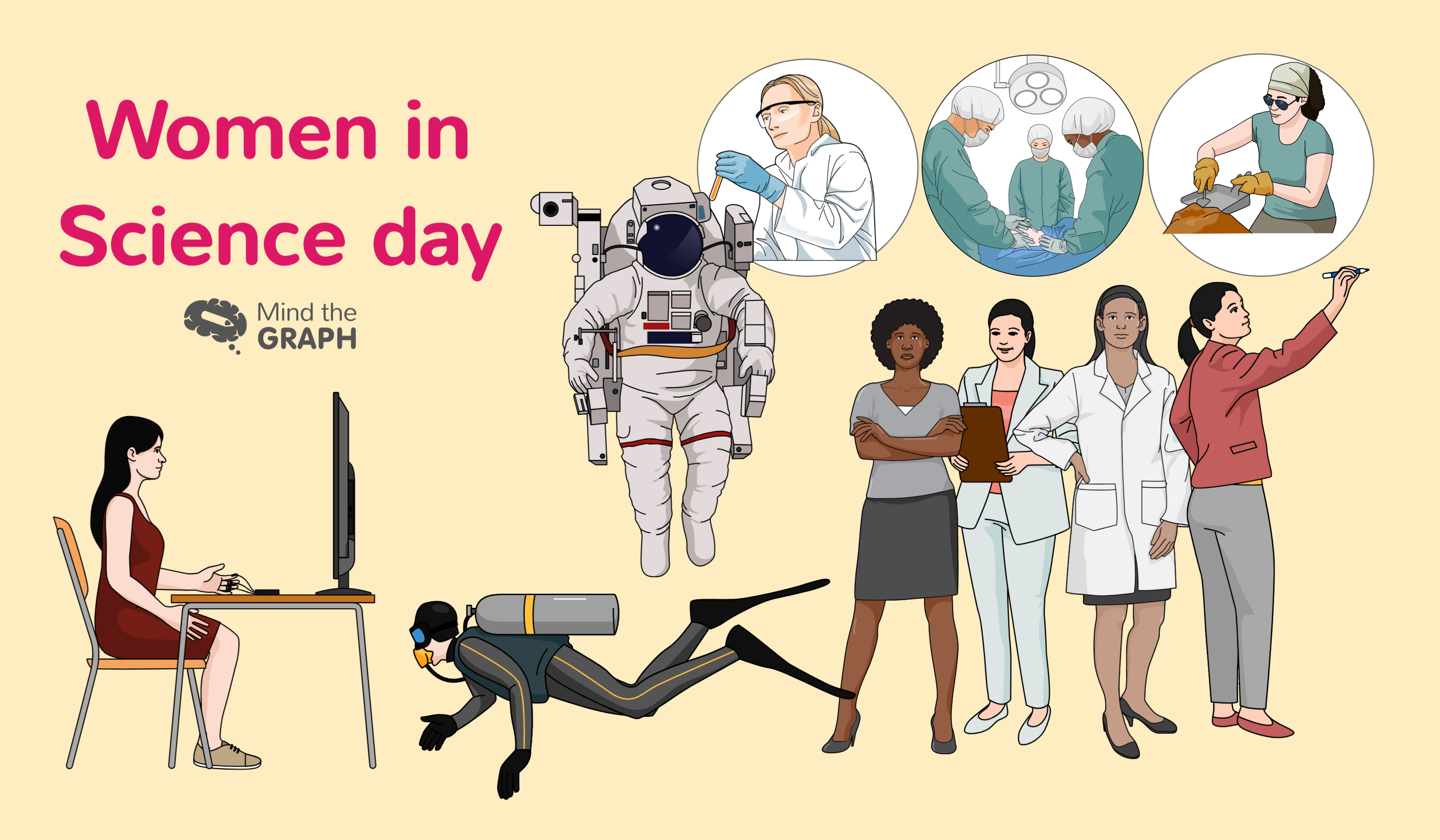Science can change the world. This mean that we as scientists have an enormous power. But, how many people knows about our research? Also, how many people we are impacting with our data? If we want to improve our society through science, we need to talk about science communication.
Researchers are not shaping today’s public debates. Worst, we are watching pseudoscience and fake news arising in our society. We have all the scientific knowledge to prevent several diseases like measles. And yet, children are still dying because of it. What is the problem? Our knowledge is not reaching a lot of people. Instead, we are even struggling to communicate science with other scientists.
According to an interesting article from The conversation, our scientific data is “largely sitting in academic journals that are read almost exclusively by our peers. It is estimate that an average journal article is read completely by no more than ten people”. Besides that, “up to 1.5 million peer-reviewed articles are published annually. However, many are ignored even within scientific communities – 82% of articles published in humanities [journals] are not even cited once.”
I already wrote about how to improve science communication in academic environment. So, you can read more about it:
- Explaining science to other people
- Tutorial: How to create a graphical abstract for Elsevier
- How to plan and design a graphical abstract in three steps
But, how to improve science communication to general audience?
The conversation wrote about an “intellectual mission”. According the article, “some academics insist that it’s not their job to write for the general public. They suggest that doing so would mean they’re “abandoning their mission as intellectuals”. They don’t want to feel like they’re “dumbing down” complex thinking and arguments. The counter argument is that academics can’t operate in isolation from the world’s very real problems.”
Let me ask you, what happen when you explain to general people what you do for a living? How easy is it? Do you sound like you are speaking a different and boring scientific language? Or do you sound like a crazy scientist doing weird experiments just like in the movies?
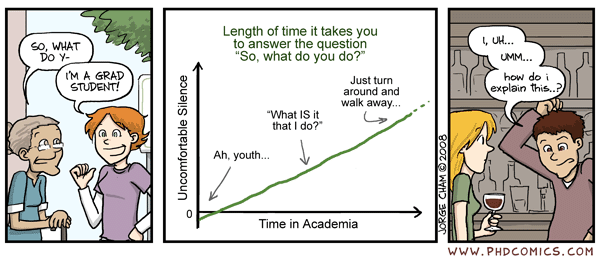
But reaching the general audience is the key to fight against pseudoscience. When we realize the importance of science, we understand that is part of our job share our results in an understandable way.
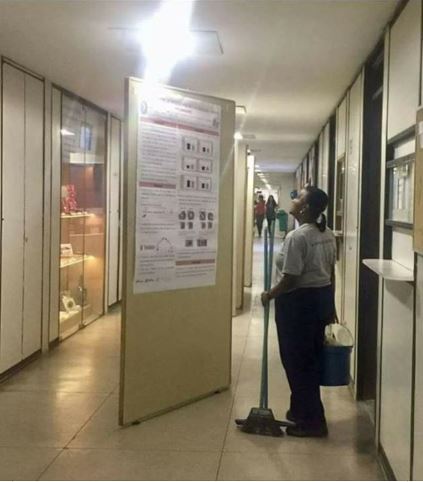
We created Mind the Graph after recognize the science communication gap and understand the importance of change that. We propose an eye-catching approach through visual resources as scientific illustrations. So, our platform aims to empower scientists and connect people using an understandable and interesting language. Look some examples of creations made using Mind the Graph:
You can read more about it on:
- Neurological disorders: using medical illustrations to communicate with your patients
- Science education: 03 ways to improve your classes
- Chemical structure: Using illustrations to explain chemistry
If you agree that we need to improve science communication and want to reach more people too, try Mind the Graph for free:

Subscribe to our newsletter
Exclusive high quality content about effective visual
communication in science.

